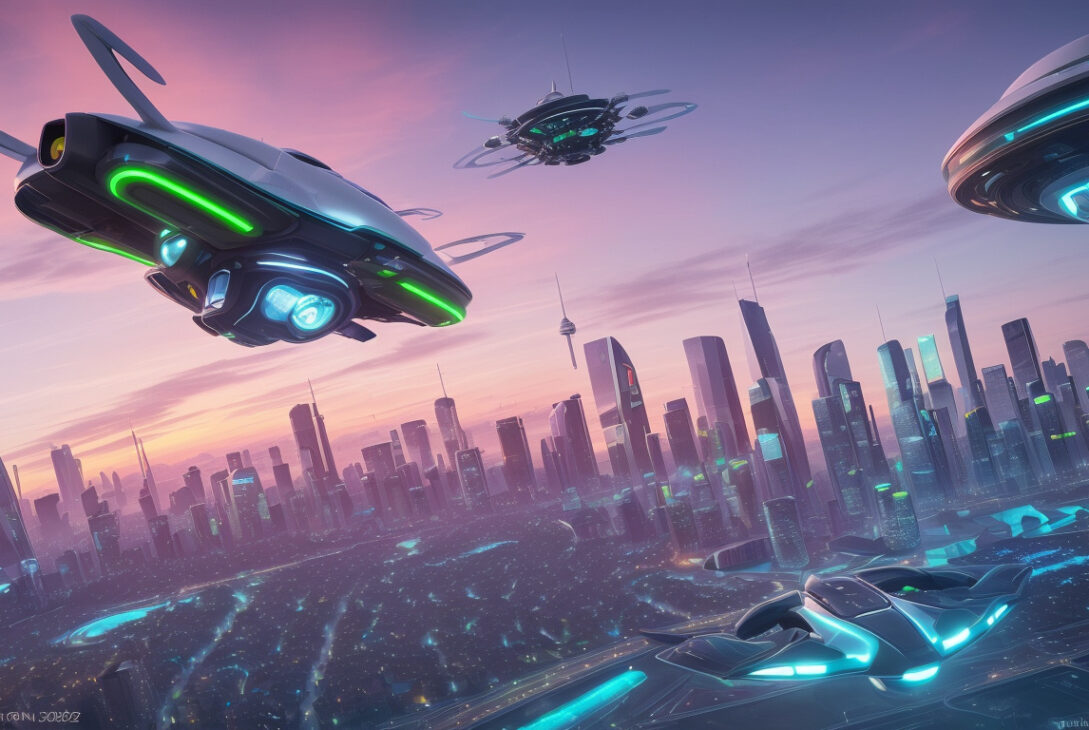Gartner Identifies the Top Strategic Technology Trends for 2026
ORLANDO, Fla., October 20, 2025 — Gartner, Inc., a leading business and technology insights company, unveiled its list of the top strategic technology trends that organizations should explore in 2026 during the Gartner IT Symposium/Xpo 2025, taking place October 20-23 in Orlando.
Key Insights from Gartner Analysts
Gene Alvarez, Distinguished Vice President Analyst at Gartner, emphasized the crucial nature of the coming year for technology leaders. "Technology leaders face a pivotal year in 2026, where disruption, innovation, and risk are expanding at unprecedented speed," Alvarez said. He noted that the trends identified are deeply interconnected and reflective of an AI-powered, hyperconnected world where organizations must focus on responsible innovation, operational excellence, and building digital trust.
Tori Paulman, Vice President Analyst at Gartner, highlighted the rapid pace of innovation: “These trends represent more than just technology shifts; they are catalysts for business transformation. What feels different this year is the pace. We’ve seen more innovations emerge in a single year than ever before. Since the next wave of innovation is not years away, organizations that act now will not only weather volatility but will shape their industries for decades to come.”
Top Strategic Technology Trends for 2026
-
AI Supercomputing Platforms
These platforms integrate multiple processing units such as CPUs, GPUs, AI ASICs, and neuromorphic computing elements, allowing organizations to orchestrate complex workloads with greater performance, efficiency, and innovation. They combine powerful processors, substantial memory, specialized hardware, and orchestration software to handle data-intensive tasks like machine learning, simulations, and analytics.Gartner predicts that by 2028, over 40% of leading enterprises will have adopted hybrid computing paradigm architectures for critical business workflows, a significant increase from the current 8%. Paulman cited several industry examples demonstrating this trend’s impact: healthcare and biotech companies rapidly modeling new drugs, financial firms simulating global markets to reduce risks, and utility providers optimizing grid performance by modeling extreme weather events.
-
Multiagent Systems (MAS)
MAS are collections of AI agents that collaborate to achieve complex goals, whether working within a single environment or across distributed systems. Alvarez stressed that adopting multiagent systems offers practical advantages for automating complex business processes, upskilling teams, and enabling new modes of human-AI collaboration.These modular, specialized agents enhance efficiency, accelerate delivery, and reduce risks by reusing proven solutions across workflows. Additionally, MAS architectures provide scalability and adaptability to changing operational demands.
-
Domain-Specific Language Models (DSLMs)
Generic large language models (LLMs) often do not meet the specificity and accuracy required for specialized business functions. DSLMs, on the other hand, are language models tailored to particular industries, functions, or processes by training or fine-tuning them on specialized data sets.These models promise higher accuracy, reduced costs, and improved compliance over general-purpose LLMs. CIOs and CEOs are increasingly demanding such focused AI solutions to drive tangible business value.
Broader Implications
Gartner’s identification of these trends underscores the profound transformation happening in the technology landscape. From enhancing artificial intelligence capabilities through specialized hardware to deploying collaborative AI systems and customized language models, these developments serve as foundational pillars for organizations aiming to compete successfully in a fast-evolving digital economy.
The full list of strategic technology trends and detailed analysis were presented at the Gartner IT Symposium/Xpo 2025, where industry leaders and technology professionals gathered to discuss and plan for the future.
About Gartner
Gartner, Inc. provides actionable, objective insight to executives and their teams across IT, Finance, HR, Marketing, Sales, and Supply Chain functions. For additional information on Gartner’s services or to become a client, visit Gartner’s website.
For media inquiries, please contact Gartner’s press office.
This news article is based on Gartner’s official announcement delivered at the Gartner IT Symposium/Xpo 2025.










